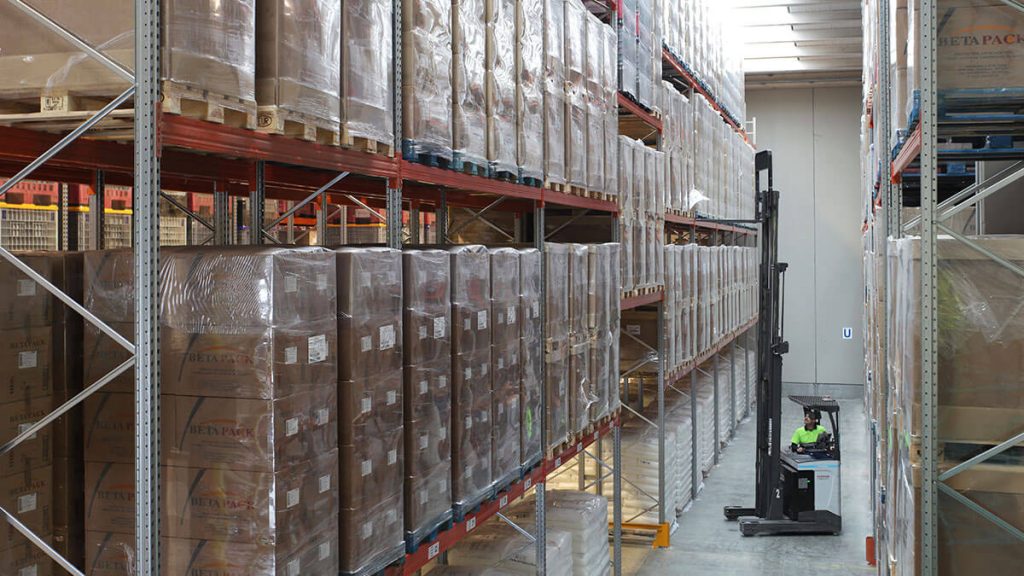Aluminum, renowned for its versatility and lightweight properties, is a key player in various industries, from aerospace to construction. Among the numerous aluminum alloys available, 6061 and 6063 stand out as popular choices for different applications, each with its unique set of properties. Let’s delve into the distinctions between 6061 and 6063 aluminum sheet properties to gain a deeper understanding of their respective strengths and applications.
6061 Aluminum Sheet – Robust and Versatile
6061 aluminum is a heat-treatable alloy, often praised for its exceptional strength and durability. Composed mainly of aluminum, magnesium, and silicon, 6061 is known for its excellent corrosion resistance and weldability. These properties make it a preferred choice for applications where structural strength is crucial. One of the notable features of 6061 aluminum is its high tensile strength, which makes it ideal for heavy-duty structural components like aircraft wings, fuselage frames, and automotive parts. The alloy also exhibits good machinability, allowing for intricate shapes and precise detailing in manufacturing processes. Moreover, 6061 aluminum can be easily anodized, enhancing its corrosion resistance and providing a protective surface finish. This makes it suitable for marine environments and other applications where exposure to harsh elements is a concern.
6063 Aluminum Sheet – Extrusion Excellence
In contrast, 6063 aluminum is primarily recognized for its outstanding extrudability. This alloy contains aluminum, magnesium, and silicon as its primary constituents, with higher silicon content than 6061. The increased silicon content contributes to improved fluidity during the extrusion process, making 6063 a preferred choice for intricate shapes and profiles. The extrusion capabilities of 6063 aluminum make it a go-to material for applications like architectural framing, window and door frames, and various structural components. Its ability to achieve complex shapes with tight tolerances sets it apart in situations where design flexibility and aesthetics are paramount. While 6063 may not match the sheer strength of 6061, it compensates with other valuable characteristics. It possesses excellent corrosion resistance and is well-suited for outdoor applications, making it a staple in the construction industry for architectural elements that require both strength and aesthetic appeal.
Selecting the Right Aluminum Alloy for the Job
The choice between 6061 and 6063 aluminum depends on the specific requirements of the intended application. If superior strength and toughness are the primary considerations, 6061 is the alloy of choice. Its robustness makes it indispensable in applications where structural integrity is non-negotiable. On the other hand, if extrudability and design flexibility take precedence, 6063 becomes the preferred option. The ability to achieve intricate shapes and profiles without compromising too much on strength makes it an excellent choice for architectural and decorative applications.
The distinctions 6061 vs 6063 aluminum sheet properties lie in their specific compositions and intended applications. 6061 excels in applications demanding high strength and toughness, such as aerospace and automotive components. Meanwhile, 6063 shines in scenarios where extrudability and design versatility are critical, making it a top choice for architectural and decorative purposes. Understanding these nuances allows manufacturers and engineers to tailor their material selections to the unique demands of their projects, unlocking the full potential of aluminum in diverse industries.


 Whether you prefer the timeless appeal of a white sneaker that pairs well with anything or the edgy flair of a statement sneaker that becomes the focal point of
Whether you prefer the timeless appeal of a white sneaker that pairs well with anything or the edgy flair of a statement sneaker that becomes the focal point of  The GORE-TEX waterproof technology keeps your feet dry in wet conditions, and the Tri-Fi-Grip outsole provides excellent traction, stability, and durability. New Balance has also made its mark in the golf shoe market with the Fresh Foam LinksSL. These shoes feature Fresh Foam midsole cushioning, offering a plush and stable feel with every step. The smart rubber outsole provides traction where it is needed most, ensuring a secure footing throughout
The GORE-TEX waterproof technology keeps your feet dry in wet conditions, and the Tri-Fi-Grip outsole provides excellent traction, stability, and durability. New Balance has also made its mark in the golf shoe market with the Fresh Foam LinksSL. These shoes feature Fresh Foam midsole cushioning, offering a plush and stable feel with every step. The smart rubber outsole provides traction where it is needed most, ensuring a secure footing throughout 
 The captain and crew are there to cater to your every need, ensuring that your voyage is not only luxurious but also tailored to your preferences. Picture yourself aboard a gleaming yacht, the sea breeze tousling your hair as you sip champagne on the deck. The rhythmic hum of the engines and the distant calls of seagulls create a symphony of tranquility. The yacht becomes a floating oasis, offering a sanctuary away from the demands of daily life. As you sail into the sunset splendor, the worries of the world seem to fade away, replaced by a sense of peace and contentment. Luxury yacht rentals are not just about the destination they are about the journey. As the sun sets, the sky transforms into a canvas of vibrant hues – oranges, pinks, and purples blending seamlessly. The reflective surface of the water mirrors this celestial masterpiece, creating a spectacle that is both awe-inspiring and romantic.
The captain and crew are there to cater to your every need, ensuring that your voyage is not only luxurious but also tailored to your preferences. Picture yourself aboard a gleaming yacht, the sea breeze tousling your hair as you sip champagne on the deck. The rhythmic hum of the engines and the distant calls of seagulls create a symphony of tranquility. The yacht becomes a floating oasis, offering a sanctuary away from the demands of daily life. As you sail into the sunset splendor, the worries of the world seem to fade away, replaced by a sense of peace and contentment. Luxury yacht rentals are not just about the destination they are about the journey. As the sun sets, the sky transforms into a canvas of vibrant hues – oranges, pinks, and purples blending seamlessly. The reflective surface of the water mirrors this celestial masterpiece, creating a spectacle that is both awe-inspiring and romantic.